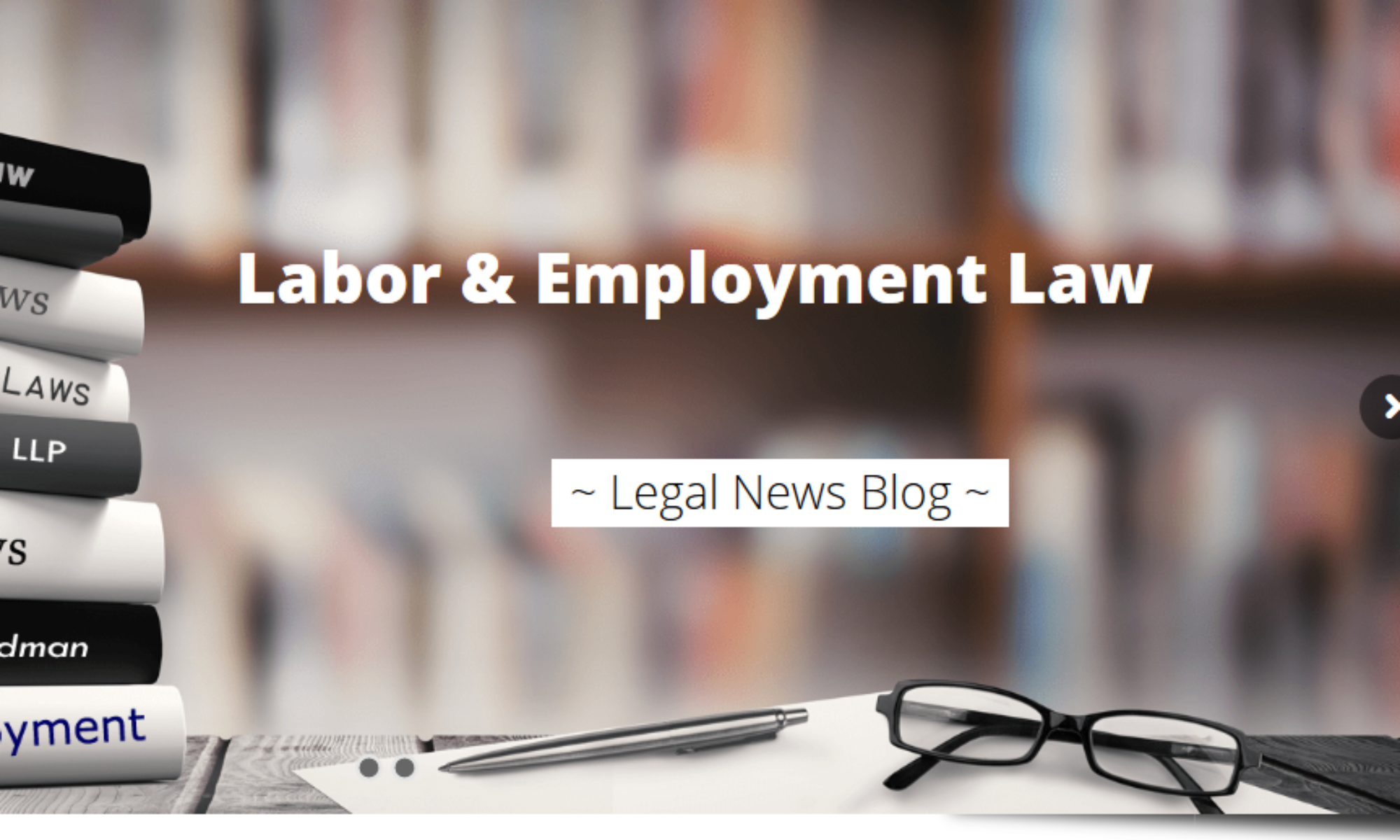Understanding Concerted Activity Rights and What They Mean for Employees
The right to organize, demand fair treatment, and advocate for better working conditions is a foundational labor right that’s been fought for over decades. Understanding concerted activity rights is essential for both employees and employers, yet it remains a topic many are unfamiliar with. Recent cases, such as the Redwood Empire Vineyard Management (REVM) incident, underscore the importance of knowing and protecting these rights.
This guide will walk you through the basics of concerted activity, highlight the significance of the REVM case, and provide actionable advice to help employees recognize and address violations of their rights.
What Is Concerted Activity?
At its core, concerted activity refers to actions taken by employees as a group or on behalf of a group to improve their wages, working conditions, or other employment terms. These actions are protected under the National Labor Relations Act (NLRA), a federal law passed in 1935 to safeguard employees’ rights to organize and engage in collective efforts without fear of retaliation from employers.
Examples of Concerted Activities:
- Organizing or joining a strike to demand higher wages.
- Petitioning management as a group to improve workplace safety.
- Discussing wages, hours, or working conditions openly with coworkers.
Concerted activity applies regardless of union membership. This means employees in both unionized and non-unionized workplaces are legally protected when engaging in concerted efforts to address workplace concerns.
Why Does This Matter?
These protections ensure that employees can collectively address inequalities and improve workplace environments without facing undue consequences.
The REVM Case A Violation of Rights
The REVM case is a poignant example of how these rights can be breached and what consequences follow when employers violate these laws.
What Happened at REVM?
REVM, a vineyard management company in California, required its farmworkers to sign contracts that prohibited them from renegotiating their wages. When some employees participated in protests demanding hazard pay, the company retaliated by refusing to include them in future work lists and laying them off. These actions were deemed violations of the California Agricultural Labor Relations Act.
The ALRB Investigation
The Agricultural Labor Relations Board (ALRB) determined that REVM’s actions were unfair labor practices. The company was found guilty of:
- Retaliating against employees for participating in protected concerted activities.
- Including unlawful clauses in employee contracts discouraged workers from asking for better pay.
Settlement Outcome
REVM reached a settlement to pay $33,548 to affected employees and agreed to remove prohibitive clauses from its contracts. The ALRB also required the company to educate workers about their rights and commit to respecting their ability to organize in the future.
This case serves as a stark reminder that retaliation for engaging in collective activities is unethical and illegal.
Employee Rights in California
California employees benefit from a combination of federal and state laws that protect their rights to challenge workplace inequalities.
What Does At Will Employment Mean?
California is an “at-will” employment state, which means an employer can terminate an employee at any time for any legal reason. Similarly, employees can quit without notice. However, “at-will” rules do not permit terminations based on illegal reasons, such as retaliation, discrimination, or for participating in protected concerted activity.
Key Protections in California:
Under both state and federal regulations:
- You have the right to discuss wages and working conditions with coworkers.
- You cannot be fired for organizing or taking group action to address workplace issues.
- Anti-retaliation laws protect you from being punished for engaging in protected activities.
It’s crucial for workers to know that these protections apply whether or not they are part of a union.
Identifying and Addressing Retaliation
Employer retaliation can take many forms, often subtle or disguised to intimidate employees or discourage further action. Recognizing these signs is the first step toward safeguarding your rights.
Signs of Retaliation:
- Being excluded from work opportunities or projects.
- Sudden negative performance reviews after participating in collective activities.
- Demotions, loss of benefits, or changes in job responsibilities.
- Threatening or intimidating behavior from managers or supervisors.
Steps You Can Take:
- Document Everything
Keep detailed records of any interactions, contracts, or changes in your employment terms following collective actions. This documentation can serve as crucial evidence.
- Maintain Communication with Coworkers
A group effort strengthens legal protections and presents a unified voice that employers cannot easily dismiss.
- File a Complaint
If retaliation occurs, file a formal complaint with the ALRB in California or the National Labor Relations Board (NLRB) for other cases. These organizations will investigate and address the violation.
- Reach Out to Legal Experts
Consulting with a labor rights attorney ensures you receive tailored advice and representation if needed.
How Organizations Like ALRB Can Help:
Labor organizations like the Agricultural Labor Relations Board provide education, resources, and enforcement mechanisms to protect your rights. If you’re unsure where to begin, they are an excellent first point of contact.
The Power of Collective Action
The REVM case illustrates the risks workers face when challenging unfair practices but also the power and strength gained through collective action. By standing together, these workers not only secured financial compensation but also initiated systemic changes that protect future employees.
Employers may try to silence their workforce through legal loopholes or intimidation, but your rights as an employee are backed by federal and state laws. Becoming familiar with concerted activity protections is the first step toward a fairer workplace for all.
Moving Forward and Seeking Justice
Understanding concerted activity rights is not just about reacting to workplace challenges; it’s about using collective action as a proactive tool for systemic change. Every employee who speaks up strengthens protections for others in similar circumstances.
If you’ve faced retaliation or suspect your rights have been violated, don’t wait. Contact a qualified labor rights attorney for guidance. Together, we can ensure that no worker feels powerless in advocating for fair treatment.
Take control of your rights. Speak up. Seek assistance. Stand with your coworkers for a workplace that values fairness, respect, and equality.
This post utilizes information reported by Carlos Cabrera-Lomelí



